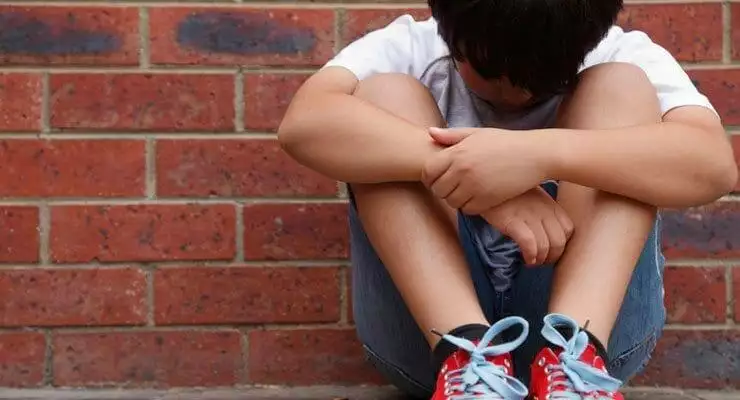Children of single parent homes are especially vulnerable to depression, according to the Rochester Institute of Technology. Lack of a two-parent household, in which it is typically the father who is absent, combined with the emotional stress by the mother, who has to fill both roles, contribute to the incidence of childhood depression. There are several treatments available for children from single-parent homes who suffer from depression.
Significance
Childhood depression can lead to poor school performance, social withdrawal, chronic illnesses such as stomach aches and headaches, and thoughts of suicide. The Rochester Institute of Technology reports that children don’t typically share their sad thoughts with family members and friends. The problem is compounded when there is only one parent in the home, who may be too busy, stressed or tired to notice the signs of depression in her child.
Complications
Children coming from single-parent homes are more prone to drug addictions and mental illness, according to a Swedish study noted on “The Hilltop” website. The study followed children from single-parent homes through childhood, adolescence and adulthood to record the number of issues compared to those of children coming from two-parent households. It discovered that boys raised in single-parent homes are four times as likely to become drug addicts, and girls are three times as likely. Study subjects were from the Swedish National Registry and included more than 900,000 children from two-parent households and 66,000 from single-parent households. Serious psychiatric issues including severe depression and suicidal tendencies were also noted more often in children living with one parent.
Causes
Financial hardship is noted as a possible foundation for childhood depression, but other key factors emerged from the study as well. The social isolation and subsequent parental depression can be modeled and transmitted to children in the home. Social isolation is a commonly accepted trigger for depression in both adults and children. Single parents often work long hours to support the family and do not have time to supervise and interact with their children, which can lead to childhood depression.
Treatment
Behavioral modification therapy has proven effective as a treatment for childhood depression. Therapy provides the child with coping mechanisms for life stressors. Therapy time frames last from several sessions to several months or years, depending on factors including the severity of issues, additional mental illness and the child’s desire to continue therapy.
Cognitive Therapy
Cognitive therapy teaches the child to change his thought patterns and reactions to life stressors. The therapist will instruct the child in how to recognize destructive thought patterns and to replace them with productive ones.
Medication Therapy
Anti-depressants are typically used in conjunction with behavioral therapy to treat childhood depression. They are also used when therapy doesn’t progress satisfactorily or the child’s risk of suicide increases through additional life stressors occurring. Children with chronic depression, those who don’t have access to therapy or those who have substance abuse problems are good candidates for medication therapy according to MayoClinic.com.
Warning
Seek immediate assistance from professionals if your child is severely depressed, talks about hurting himself or threatens suicide.





